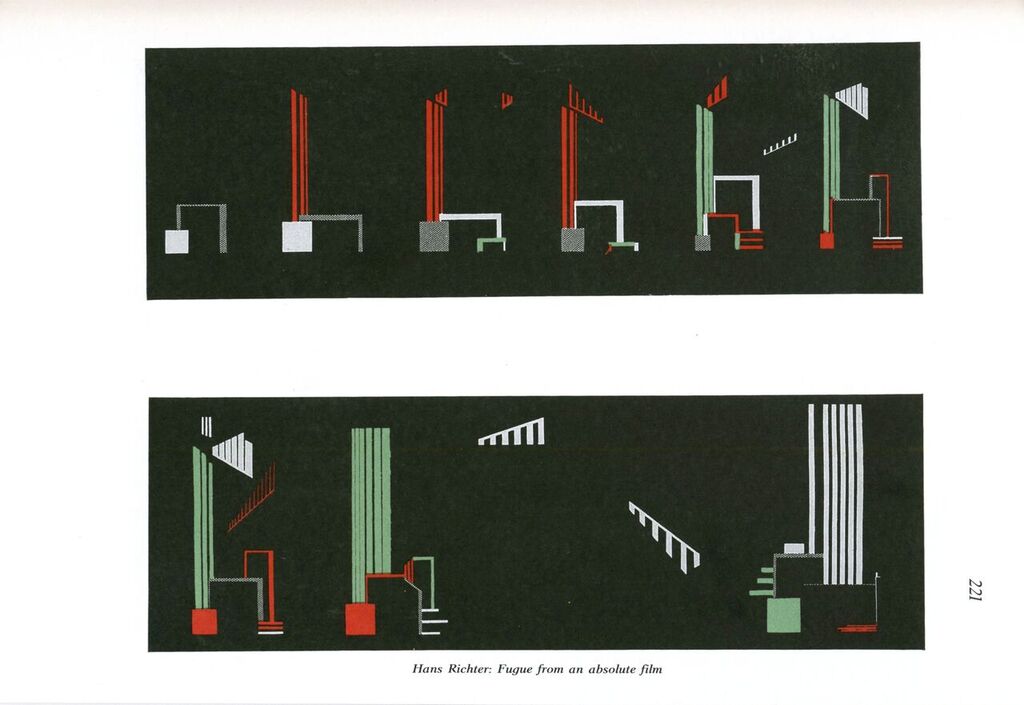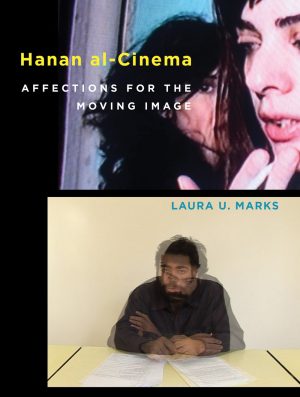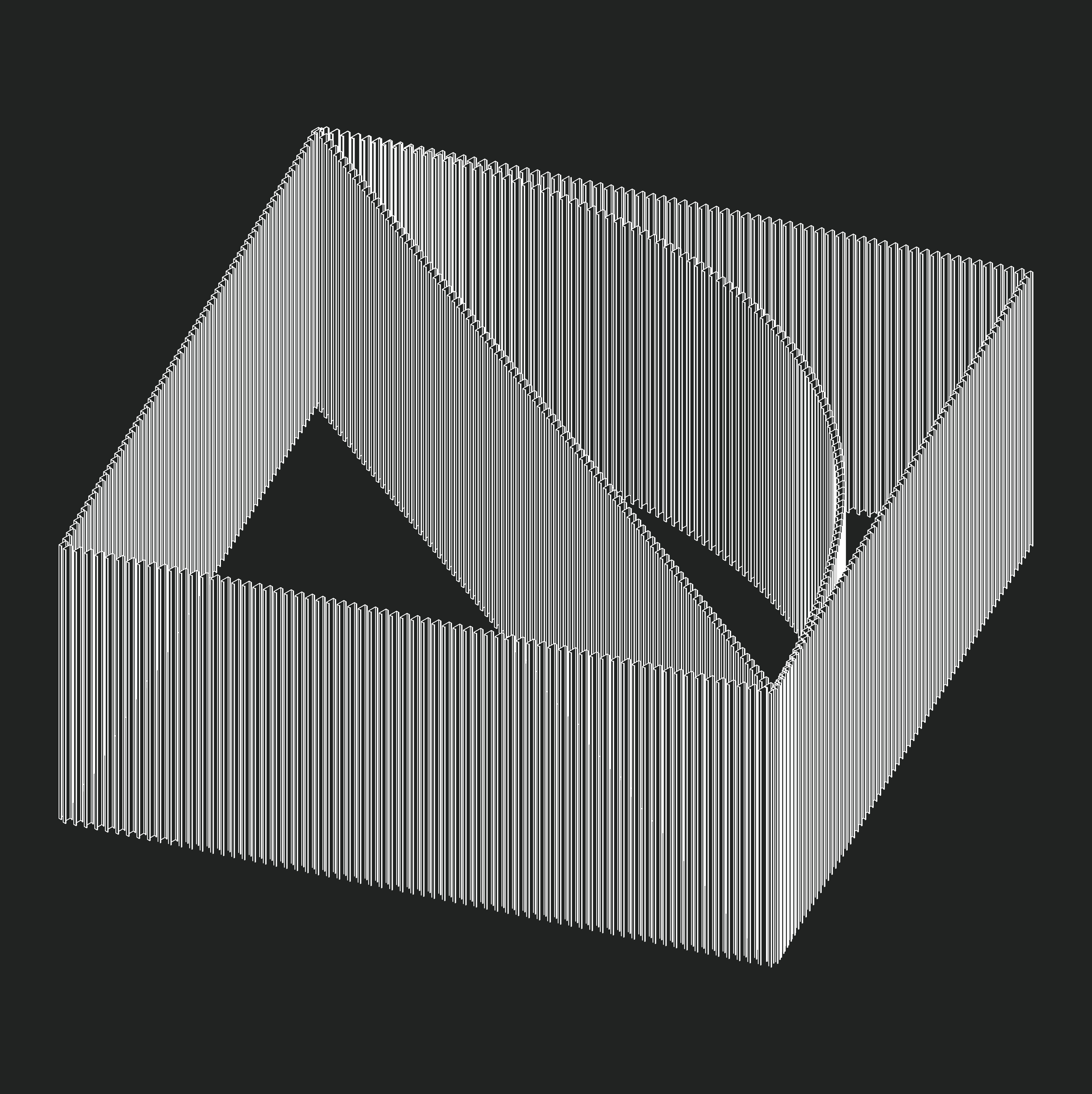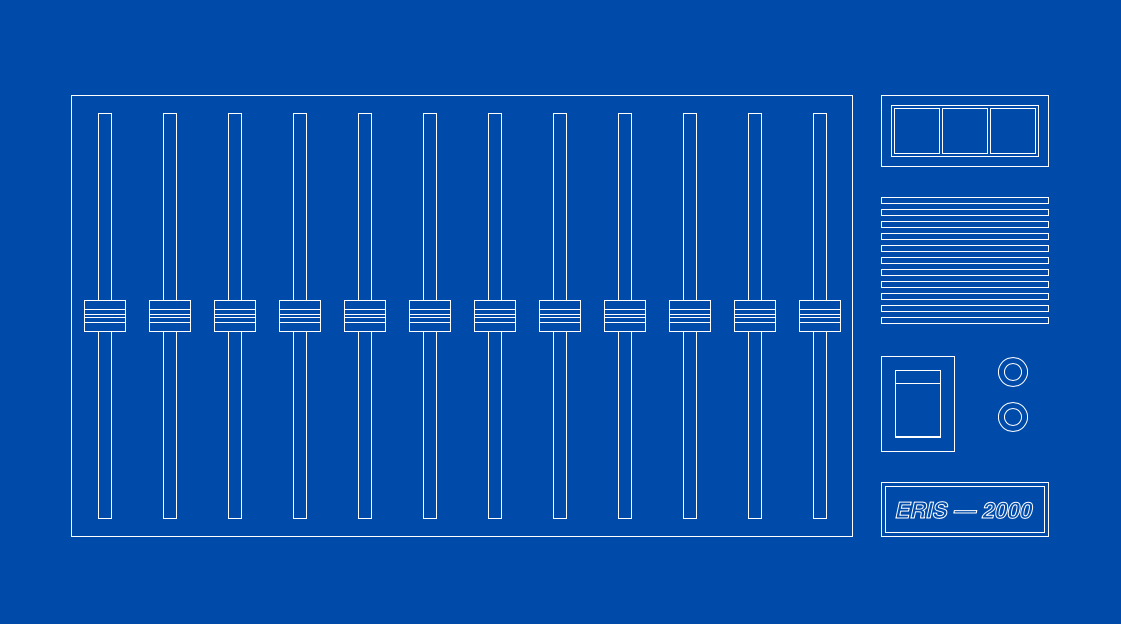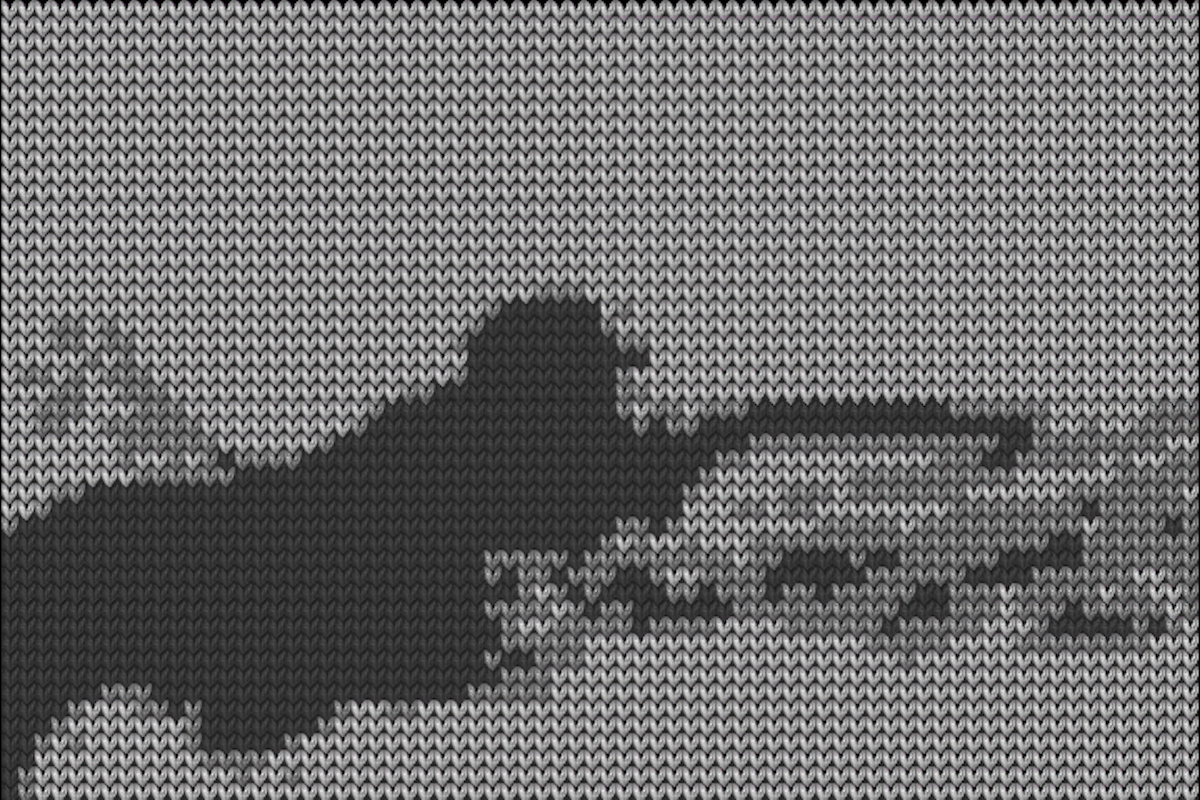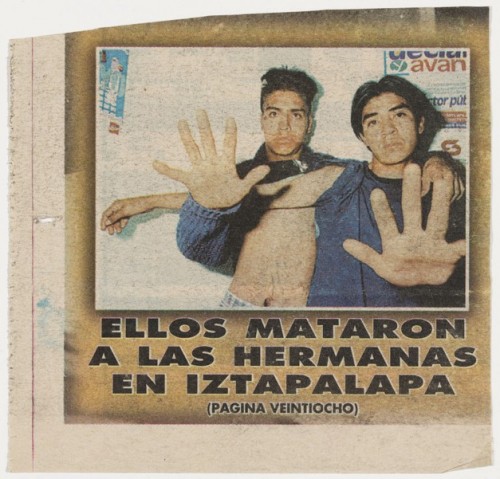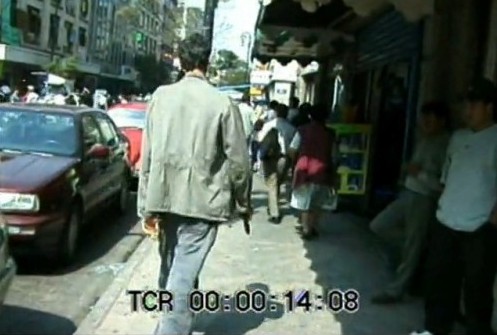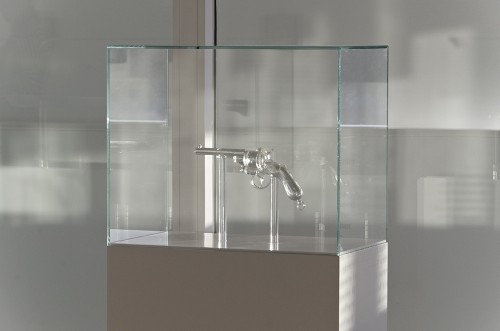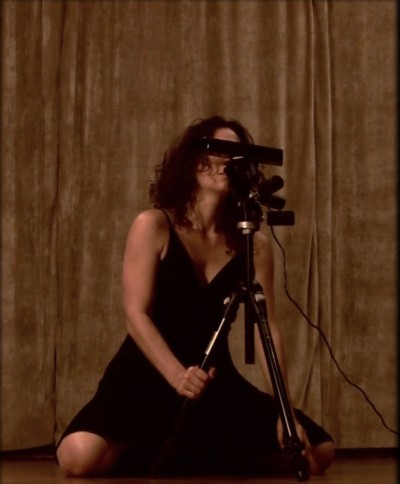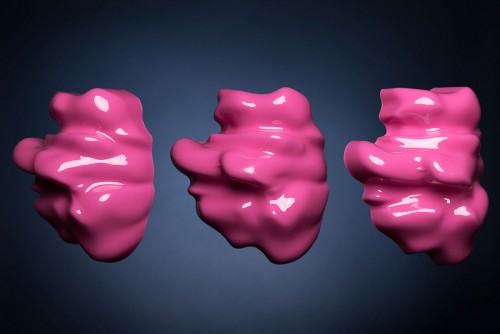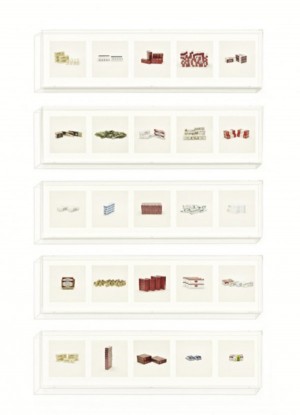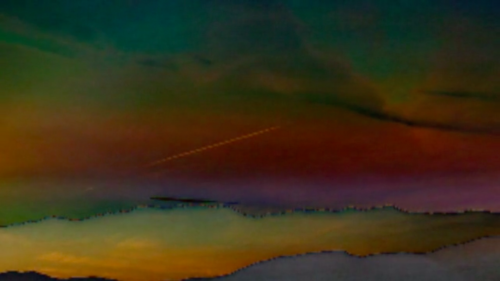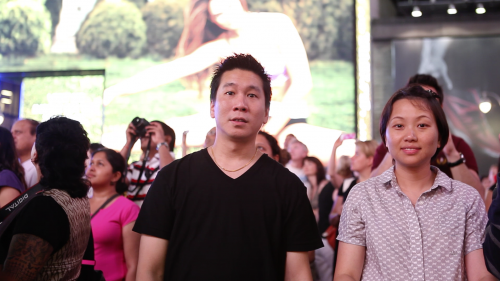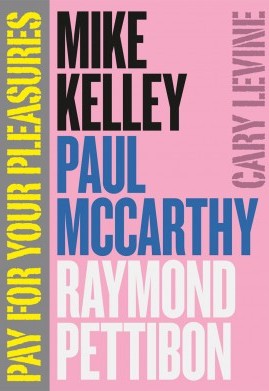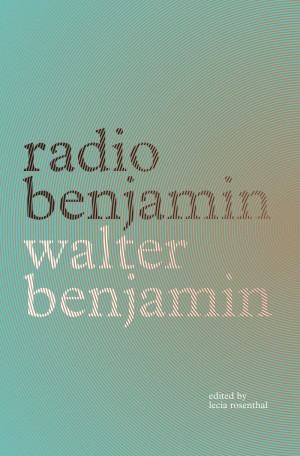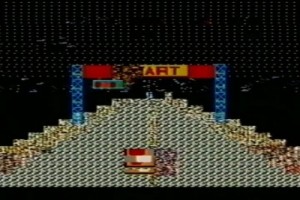Contributors / Issue 24: Corpus
Issue 24, Spring 2016 Sarah W. Abu Bakr is a dual degree Art Education and Women’s, Gender, and Sexuality Studies PhD candidate. Sarah is half Palestinian, half Kuwaiti, and holds an MFA in Computational Studio Arts from Goldsmiths, University of London. As an artist, Sarah’s work reflects on her identity as an Arabic/Muslim woman, and meditates on the culture-religion overlap and convolution in the Arab world as well as the Palestinian diaspora. As a scholar, Sarah identifies as a postcolonial feminist and her academic interests include identity, displacement, performance art theory, and decoloniality. Erin McClenathan is an Art History Ph.D. student at the University of Georgia, where she received her M.A. in 2013. Her doctoral project considers the interplay of photographic series and avant-garde filmic structures in interwar print culture. She has presented related research as part of multiple graduate symposia and has also spoken internationally on the relationship between photography and memory in the television series Mad Men. Ali Feser is a doctoral candidate in Anthropology at the University of Chicago. Her research explores …

